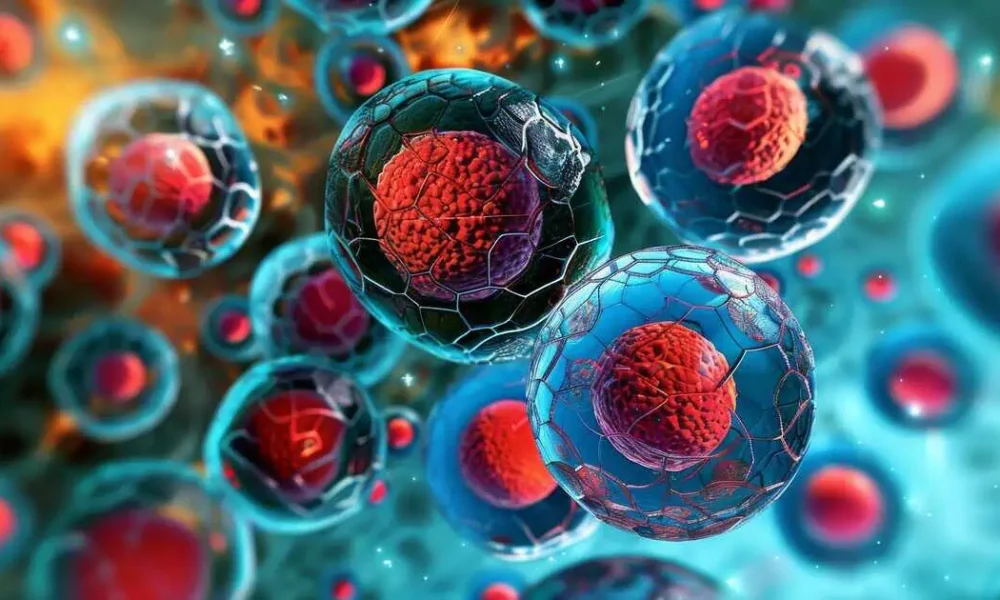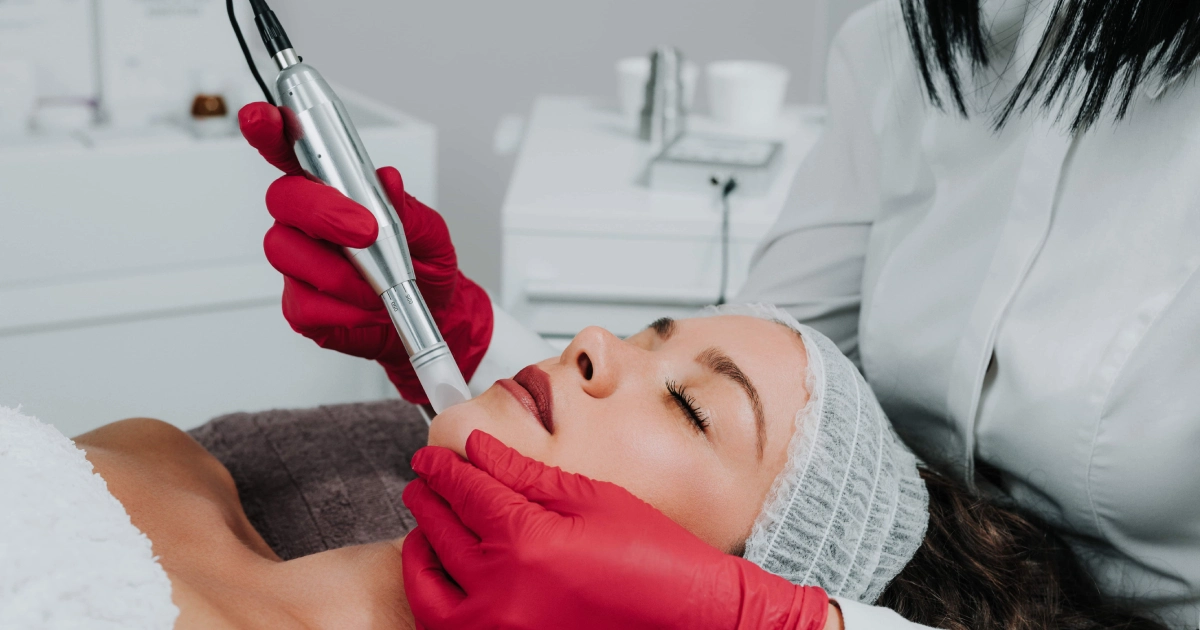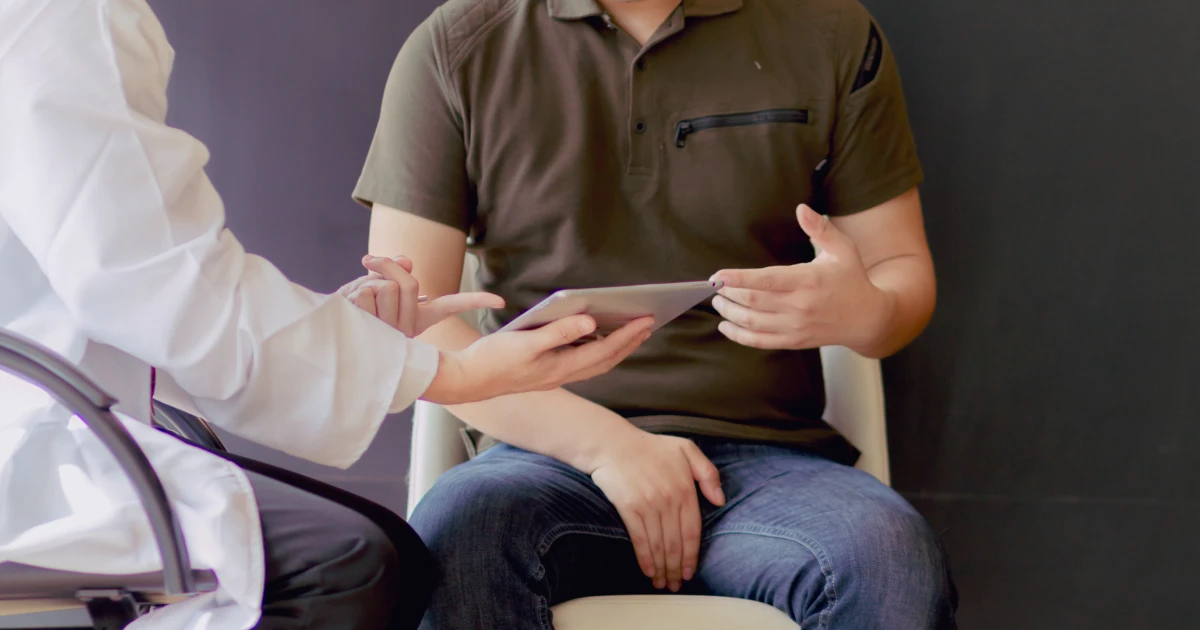Table of Contents
Struggling with ongoing joint pain that interferes with your daily life? Maybe you’ve tried injections, physical therapy, or medication, only to be disappointed by short-term results. If you’re researching alternatives that treat the root cause without surgery or extended downtime, you’re not alone. Many are turning to non-invasive solutions like regenerative therapy to heal their joints in a safer, more natural way.
Ascend Regenerative offers this advanced, evidence-based option to patients who want relief without the risks of surgery. If you’re curious about how regenerative therapy in Denville, NJ, can help you avoid invasive procedures and regain mobility, this guide explains it simply and clearly.
What Is Regenerative Therapy?
Regenerative therapy is a medical approach that supports the body’s natural ability to repair itself. Rather than masking pain with medication or relying on artificial implants, this method uses the body’s own healing components—such as blood platelets, bone marrow, or fat-derived cells—to promote tissue repair and reduce inflammation.
In the case of autologous stem cell treatment, these healing cells are taken from your own body, processed, and re-injected into the area of pain or injury. Because these cells come from you, the treatment is typically well tolerated, with minimal risk of rejection or complications.
This isn’t a magic fix, but rather a way to encourage the body to heal more efficiently, especially in areas that are slow to recover on their own, like joints, tendons, or cartilage.
What Are the Benefits of Regenerative Therapy?
People choose regenerative therapy with their own cells for several key reasons:
- It’s non-surgical, avoiding the risks and long recovery of traditional procedures.
- It supports natural healing instead of suppressing symptoms.
- There’s minimal downtime, allowing you to return to normal activities sooner.
- It uses your own biological material, reducing the chance of side effects.
- It can provide long-lasting relief by addressing the underlying cause of joint pain.
Patients dealing with chronic discomfort often feel like they’re just managing symptoms rather than making real progress. Autologous treatment for chronic wounds or joint issues changes that, by restoring tissue health and improving function.
How Autologous Regenerative Therapy Heals Joints Without Surgery
When joints are damaged—whether from overuse, injury, or aging—your body attempts to repair them. However, that process can slow down or become less effective with time. That’s where autologous regenerative therapy comes in.
This method involves harvesting your body’s own healing cells, typically from adipose (fat) tissue or bone marrow. These cells are rich in growth factors that signal tissue regeneration and reduce inflammation. After processing, the concentrated cells are injected precisely into the affected joint using ultrasound guidance.
Here’s what happens next:
- Growth factors stimulate the repair of damaged cartilage and soft tissue.
- Anti-inflammatory agents help reduce swelling and discomfort.
- Cell signaling enhances the production of new, healthy cells in the joint space.
It’s especially effective for issues like:
- Osteoarthritis
- Tendonitis
- Ligament strains or partial tears
- Chronic joint pain
Compared to surgery, this approach is low-risk, faster to recover from, and doesn’t involve general anesthesia or hospitalization.
Who Is This Best For?
If you’re dealing with joint discomfort and looking for an alternative to surgery, regenerative therapy for joint pain may be a strong option. It’s ideal for:
- Adults experiencing chronic pain from arthritis or overuse
- Individuals with injuries that haven’t healed properly with rest or physical therapy
- People seeking non-surgical options before committing to invasive procedures
- Athletes wanting to support healing while maintaining mobility
- Those with sensitive immune systems, since it uses your own cells
Even if you’ve been told surgery is your only option, it’s worth discussing autologous fat transfer for healing with a provider to explore other possibilities. For those feeling uncertain, consultations at Ascend Regenerative offer a personalized assessment based on your condition and lifestyle.
What to Expect (Process, Timeline, Results)
Getting started with autologous regenerative therapy is straightforward and generally involves several key steps:
Pre-Treatment Prep
After a thorough evaluation, your provider will determine the best type of cell therapy for your needs. Blood work, imaging, or medical history review may be part of the process.
Treatment Day
The procedure usually takes 1–2 hours. Cells are collected from your bone marrow or adipose tissue through a minimally invasive process. Once processed, the cells are injected into the target joint under ultrasound guidance for precision and comfort.
Most patients report only minor discomfort, comparable to a typical injection.
Downtime and Recovery
Recovery is relatively quick. Some soreness or mild swelling may occur in the first few days. Most people return to regular activities within 24–72 hours, although high-impact exercise may be postponed for a short time.
Results Timeline
Initial improvements—such as reduced pain or stiffness—can be noticed within a few weeks. Full results may take several months, as the healing process continues and the body rebuilds tissue in the treated area.
FAQs or Myths Debunked
Is regenerative therapy safe?
Yes. Since autologous stem cell treatment uses your own biological material, the risks of allergic reaction or rejection are very low.
How many treatments will I need?
Most people benefit from just one session, but some cases may require a second treatment depending on the severity of damage.
Does insurance cover this?
Currently, many regenerative therapy treatments are not covered by insurance. However, financing options are often available.
Is this the same as PRP?
PRP (platelet-rich plasma) is a form of regenerative therapy but uses platelets from your blood, while autologous regenerative therapy typically involves stem cells from fat or bone marrow, offering more potent healing factors.
Will this help my arthritis?
Yes, it has been shown to reduce pain and improve function in joints affected by osteoarthritis.
Start Healing Without Surgery
You don’t have to settle for temporary fixes or face the long recovery of surgery. Regenerative therapy in Denville, NJ, offers a natural, minimally invasive way to relieve pain and improve joint function using your own healing cells.
If you’re ready to move better, feel stronger, and get back to the activities you enjoy, start your regenerative journey today with a consultation at Ascend Regenerative.
The Bottom Line on Natural Joint Repair
Autologous regenerative therapy is changing how we treat joint issues, without the need for surgery or artificial implants. By using your body’s own healing potential, this approach reduces inflammation, repairs damaged tissue, and helps you regain a better quality of life.
Whether you’re exploring options for regenerative therapy for joint pain, autologous treatment for chronic wounds, or simply curious about non-surgical joint solutions, contact us today and find out how Ascend Regenerative can support your path to healing.






